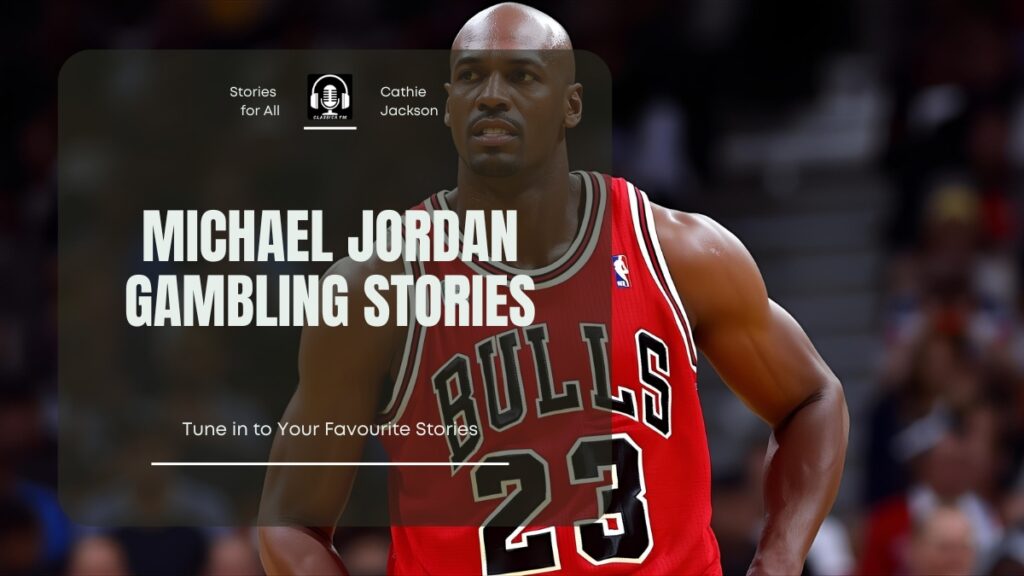The stories around Michael Jordan’s gambling life are not simply gossip. Michael Jordan Gambling Stories function as cultural artifacts.
Figures make the anecdotes memorable and credible. They also force a choice for readers: accept bad behavior, celebrate competitive daring, or insist on accountability.
This article presents a richer, more detailed narrative that places the big numbers into context, shows the kinds of games Jordan played, and highlights what those episodes reveal about personality, media, and modern sport.
Michael Jordan Gambling Stories
Even the greatest aren’t immune to risk. Beyond the basketball court, Michael Jordan’s stakes were not just points but fortunes, bets, and the high-wire tension of a game with no referee.
The Competitive Engine in Michael Jordan Gambling Stories
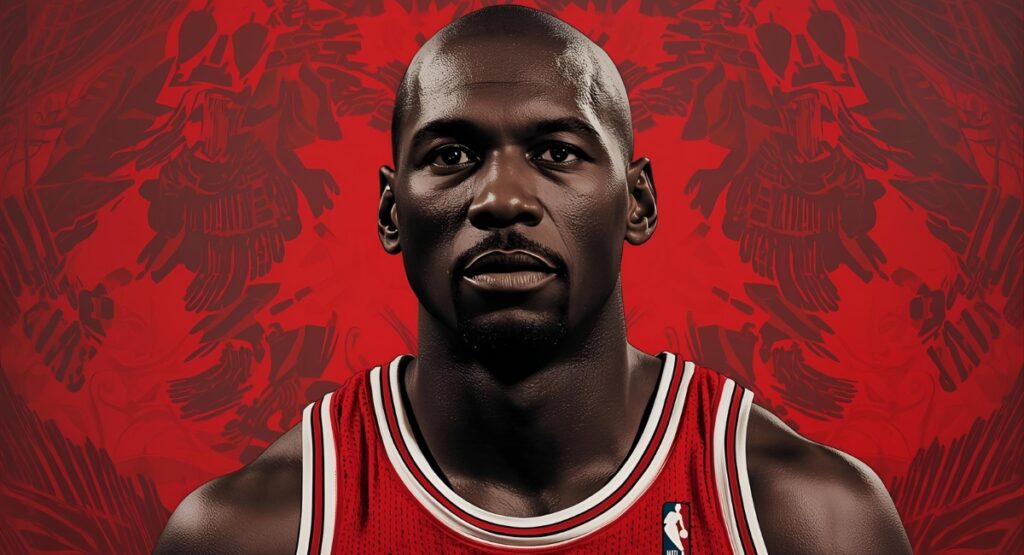
A personality built on margin
Michael Jordan’s career was defined by a search for edge. He chased small advantages in practice, film study, and diet. For him, competition was not an event, it was a lifestyle.
That mentality translates to wagering, because gambling replicates, in compressed form, the pressure and reward structure of competition.
A single decisive putt or a hand of cards produces the same adrenaline and clarity as a game-winning jumper.
How competition turned into wagers
Small bets, begun in college and during early pro years, provided a social mechanism for rivalry. When the amounts grew, they did so as an effect of three simple forces: celebrity, disposable income, and the desire to make private contests feel consequential.
In some retellings, stakes reached extremes. Those retellings tell us less about accounting and more about scale.
A $900,000 spades session, if taken at face value, is a symbol of extreme competition. A $1.25 million golf claim is a symbol of reputational risk made public.
Early Scenes and Team Culture in Michael Jordan Gambling Stories
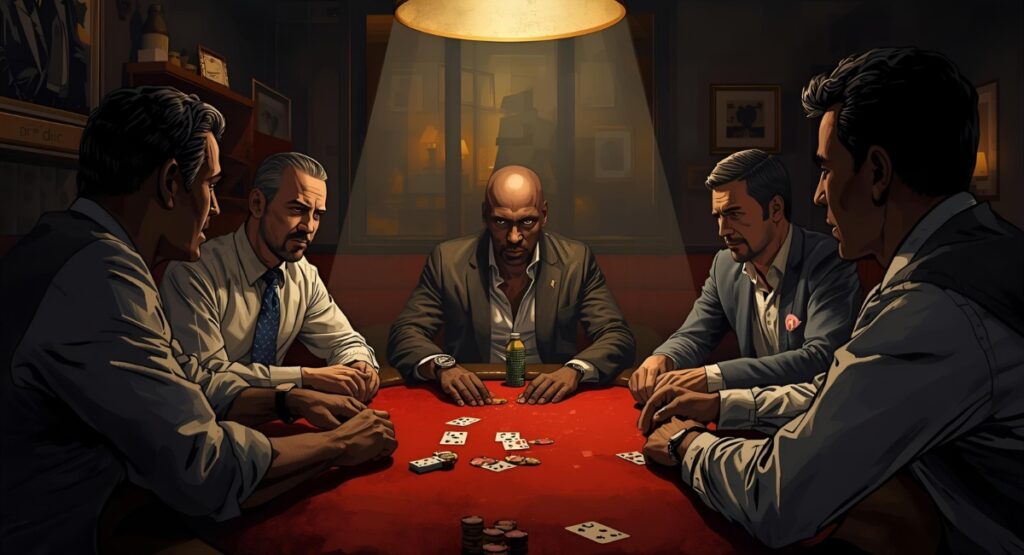
Dorms, hallways, and charter flights
Jordan’s gambling habits began humbly. Early stories include:
- Hallway putting contests for coins at college.
- Pool hall or card-game wins for dinner money.
- Low-stakes bets on charter flights to break up boredom.
These small rituals had an outsized effect. They created habits, they normalized wagering as social play, and they taught a young competitor how to escalate contests with psychological moves.
The luggage bet, a study in micro-competition
A memorable locker-room anecdote involves a luggage carousel wager: Jordan allegedly bet nine teammates that his bag would be first.
The story ends with Jordan collecting the pooled sum, after having arranged for his bag to arrive first, by some accounts through a discreet payment or favor to a worker. The precise amount is not consistent across tellings.
The scene is still useful because it shows how Jordan converted everyday moments into contests, and how he used planning to manufacture small victories.
The Golf Narrative and the Seven-Figure Claim

Why golf suited him
Golf offers long stretches of quiet, repeated pressure points, and constant opportunities for side bets, both per hole and across rounds.
For someone accustomed to late-game tension, golf provided a private arena to replicate stakes with a peer group of other athletes and celebrities.
The Esquinas episode, in narrative
A business figure later published a memoir claiming that Jordan owed him more than $1.25 million after multiple golf sessions. That number became a headline-grabbing symbol.
Later reports described negotiations and reduced amounts, with a figure commonly cited around $300,000 for settlement.
Whether the original sum was ever owed in that exact form is debated, but the episode did this: it pushed a private series of matches into sustained public controversy.
Typical golf wagers
Beyond the largest claims, golf stories often described per-hole side bets from five figures to six figures, trash talk, psychological pressure before clutch putts, and clean-up bets after rounds.
The course gave Jordan a canvas for long contests, and for opponents the opportunity to test his composure in a different format.
Casino Nights, Marathon Card Sessions, and Extreme Payoff Stories
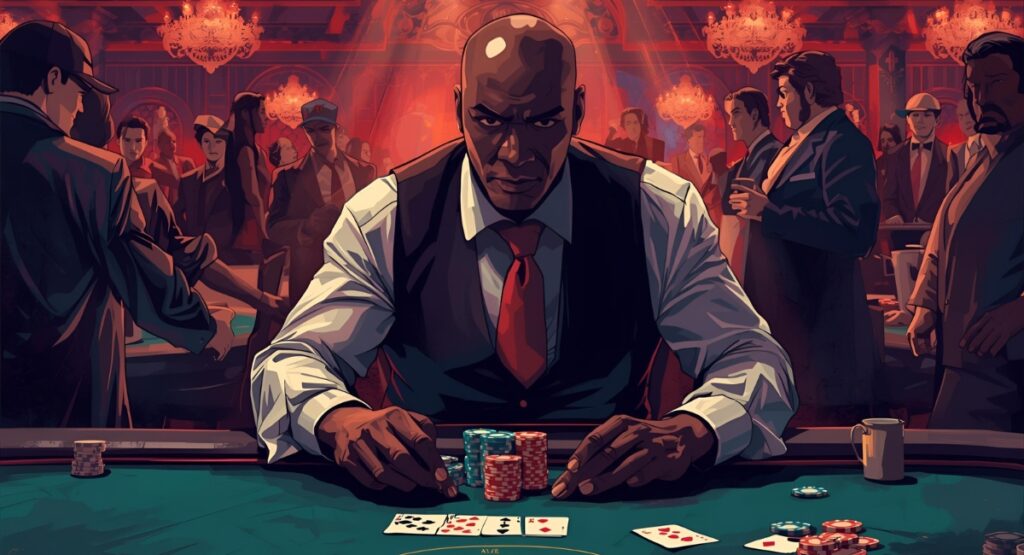
Casino swings
Casino stories are dramatic in part because results are immediate and public illusion can be powerful.
One oft-repeated version of events describes Jordan losing $500,000 during a blackjack session and then finishing the night having won about $1.3 million at the same table.
The swing is cinematic; it serves as a metaphor for risk, volatility, and the gambler’s appetite.
The 36-hour spades marathon
A particularly colorful anecdote involves a multi-day, marathon card session that reportedly lasted 36 hours and escalated to about $900,000 in stakes.
This is the kind of story that becomes legend because it blends endurance, focus, and the willingness to remain engaged under pressure.
Whether every dollar in those totals is exact is less important to the public narrative than the portrait it paints of extreme drive.
The coin flip and quick bets
Other tales show a taste for immediate, high-stakes bargains. The image of a stranger offering a bag of money and Jordan accepting a single-coin flip to decide the pot illustrates his appetite for quick, decisive outcomes.
These episodes amplify the idea that he sought compressed high-pressure scenarios wherever they were available.
Public Consequences and the Court Record
The $57,000 check and legal scrutiny
Most anecdotes never touched legal paperwork. One exception involved a $57,000 check linked to a man with a criminal record.
Because the payment appeared in court testimony, it moved from rumor into a public legal record, and questions followed about the associations surrounding the transaction. That episode is among the more verifiable parts of the gambling narrative, primarily because it entered official proceedings.
How public perception changed
When betting episodes stayed anecdotal they often read like locker-room stories. When payments were documented or linked to questionable figures, they produced a different reaction.
The $57,000 check forced sharper scrutiny because it tied private wagers to legal processes. That combination of legal visibility and celebrity status is what pushed some gambling stories beyond the threshold of mere lore.
Retirement, Rumors, and the Role of Grief
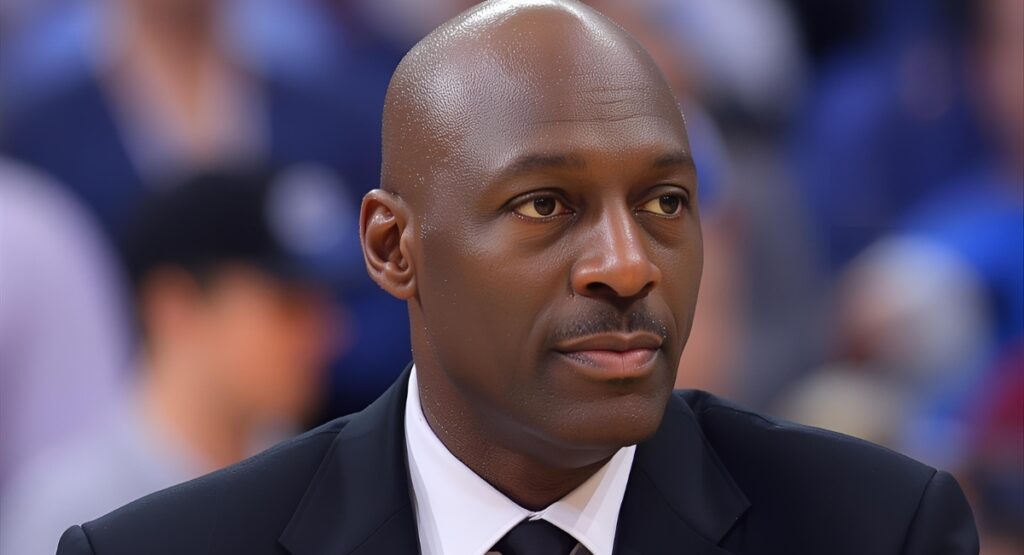
The 1993 retirement context
Jordan’s first retirement came at a fraught moment. The murder of his father, personal exhaustion, and relentless public attention all contributed to his decision to step away from basketball.
That emotional context made his retirement a subject for many interpretations.
Conspiracy and caution
Some observers linked the retirement to gambling controversies, suggesting league pressure or other hidden interventions.
Those theories gained traction in the absence of a single, comprehensive public explanation. Once again, the mix of fame and partial information produces speculation.
The most defensible conclusion is the simplest: grief and burnout were central factors. Conspiracy theories remain part of the legend largely because they satisfy narrative appetite.
Return, Reputation, and Later Life in Michael Jordan Gambling Stories
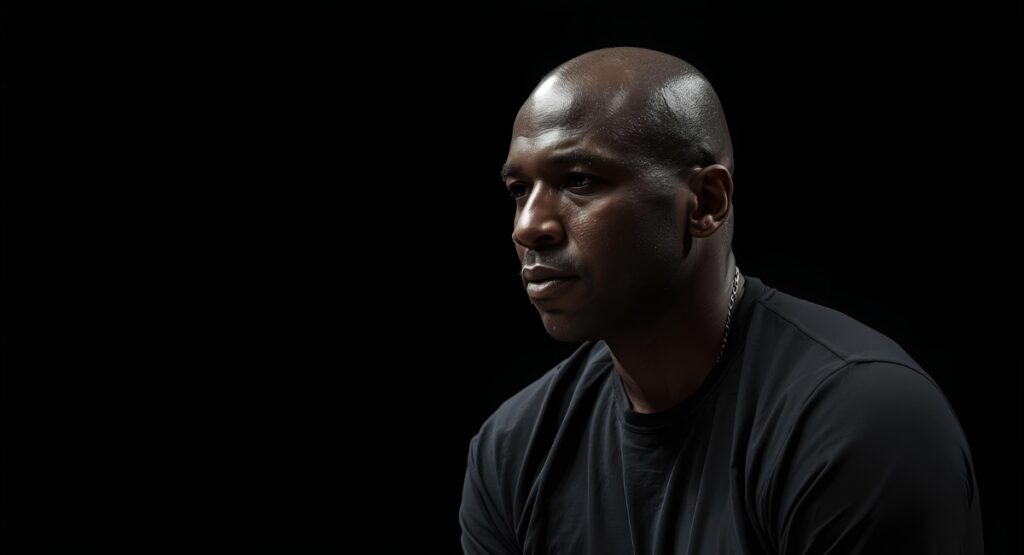
The comeback and recontextualization
Jordan returned to the NBA, and focus shifted back to achievements. Later in life, he operated as a billionaire businessman and owner, and his private wagers were less often front-page news.
The public reframed earlier episodes as eccentricities more than scandals, an effect partly due to distance and partly due to his continued cultural power.
Documentary framing and voice
Documentary projects and retrospective interviews allowed Jordan to contextualize his behavior, to call it competitive temperament rather than addiction, and to provide his own voice in the narrative.
That recontextualization changed the public frame: numbers and episodes remained, but readers were more likely to interpret them as habit fueled by drive.
Psychology, Ethics, and the Modern Sports Landscape
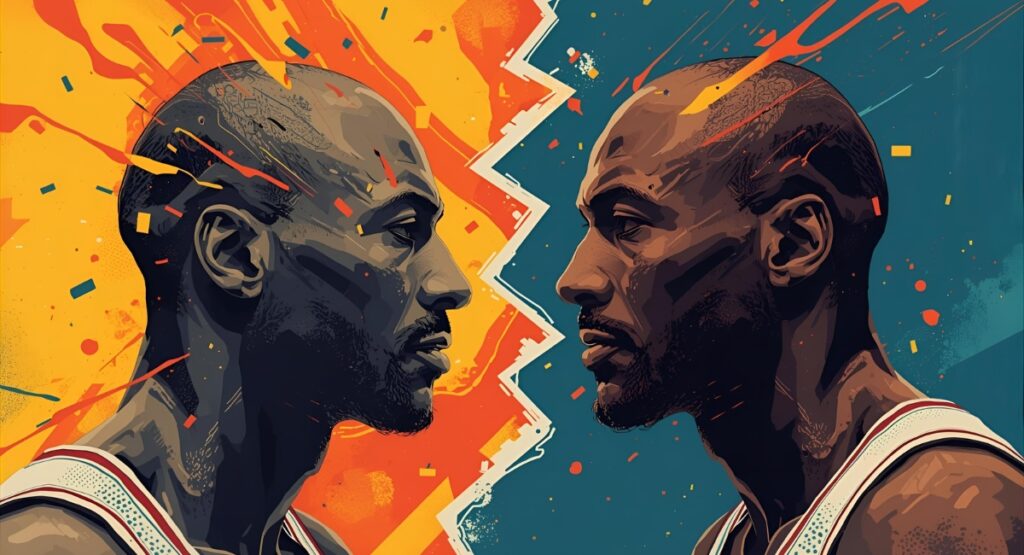
Psychological drivers
Gambling replicates competition in miniature. That replication explains why many elite performers are drawn to wagering.
High stakes, brief decision windows, and social validation recreate the psychological conditions of elite performance. The reward structure is immediate, and the stakes provide a potent rush similar to a last-second shot.
Ethics and responsibility
Public figures carry reputational responsibilities. No single private wager is necessarily a public scandal, but patterns matter.
Gambling that intersects with prohibited activities, or that suggests links to criminal elements, calls for scrutiny.
The $57,000 check illustrates how private payments can escalate into public concern when combined with troubling associations.
Changes in the industry
The sports world’s view on gambling has shifted. Legal betting, sponsorship deals, and explicit league partnerships mean that attitudes are not static.
Behavior once treated as taboo can become normalized in new commercial frameworks. Retrospective judgment therefore requires sensitivity to historical context as well as current norms.
Numbers, Pageantry, and How to Read the Totals
Below is a compact reference that presents the most discussed numbers, with interpretation and caution.
Quick Facts Table
| Incident | Figure(s) | How to read it |
| 36-hour spades session | $900,000 reported peak | Anecdotal; vivid firsthand recollection in some retellings |
| Golf debt (Esquinas) | $1.25 million claimed, ~$300,000 settlement reported | Memoir claim disputed and reportedly reduced; shows how private disputes become public |
| Casino swing night | Lost $500,000, won $1.3 million | Dramatic retelling, lacks public receipts; emblematic of volatility |
| Legal check | $57,000 check | Documented in legal testimony; one of the more verifiable incidents |
| Luggage carousel wager | pooled bet among teammates | Small-stakes prank with ethical twist, illustrates micro-competition |
| Coin-flip wager | unspecified high-stakes coin flip | Oral anecdote, symbolic of appetite for quick stakes |
Use this table as a guide. Treat court-linked amounts as the most verifiable. Treat memoir and teammate recollections as powerful testimony, but not definitive accounting.
Timeline of Notable Episodes in Michael Jordan Gambling Stories
- Early 1980s: Small college-era bets, hallways, and dorm contests.
- Late 1980s to early 1990s: Locker-room bets, charter-flight card games, and increasing private wagers.
- Circa 1991 to 1993: Golf matches with escalating side bets, including the contested seven-figure claim.
- Early 1990s: Casino night anecdotes, including alleged $500,000 loss and $1.3 million recovery, and marathon card sessions.
- Early 1990s: Legal visibility, including the $57,000 check reported in court proceedings.
- 1993: Retirement, extensive speculation, and media frenzy.
- 1995 onward: Return to the NBA, less public gambling controversy, later reframing in retrospectives.
This timeline is a narrative scaffold, useful for readers who want to see the arc of stories rather than isolated events.
What readers should take away?
- Numbers tell stories, and stories need context. Great-sounding figures can make an anecdote memorable, but they may not be fully verified.
- For Jordan, wagers appear to have been an expression of competition, not financial desperation. That distinction does not eliminate ethical questions when private payments touch questionable partners.
- Public perception is shaped as much by narrative framing as by facts. Documentary voice, memoir claims, and press coverage all shape what later generations take as truth.
- The sports world has changed, and so have standards. Historical judgment requires awareness of how norms evolve.
Final Reflections on Michael Jordan Gambling Stories
Michael Jordan’s gambling stories are part of the modern mythology of sport. The figures that animate the stories have power because they condense an instinct into a scale: $900,000 conveys a different image than $900.
The stakes encapsulate a personality that sought pressure and a public that needed to interpret behavior when a hero stepped outside the narrow role assigned to him.
Those who admire Jordan’s basketball feats will likely view the gambling episodes as texture, rather than as statements about character.
Those who worry about the implications of private wagers linked to questionable actors will demand scrutiny and clear rules. Both reactions have validity.
At one level the lesson is personal, about a single man. At another level the lesson is institutional, about how sport, law, media, and commerce intersect to make certain private behaviors public problems.
The numbers are striking. The greater story is what they reveal about competition, identity, and how we remember greatness.

